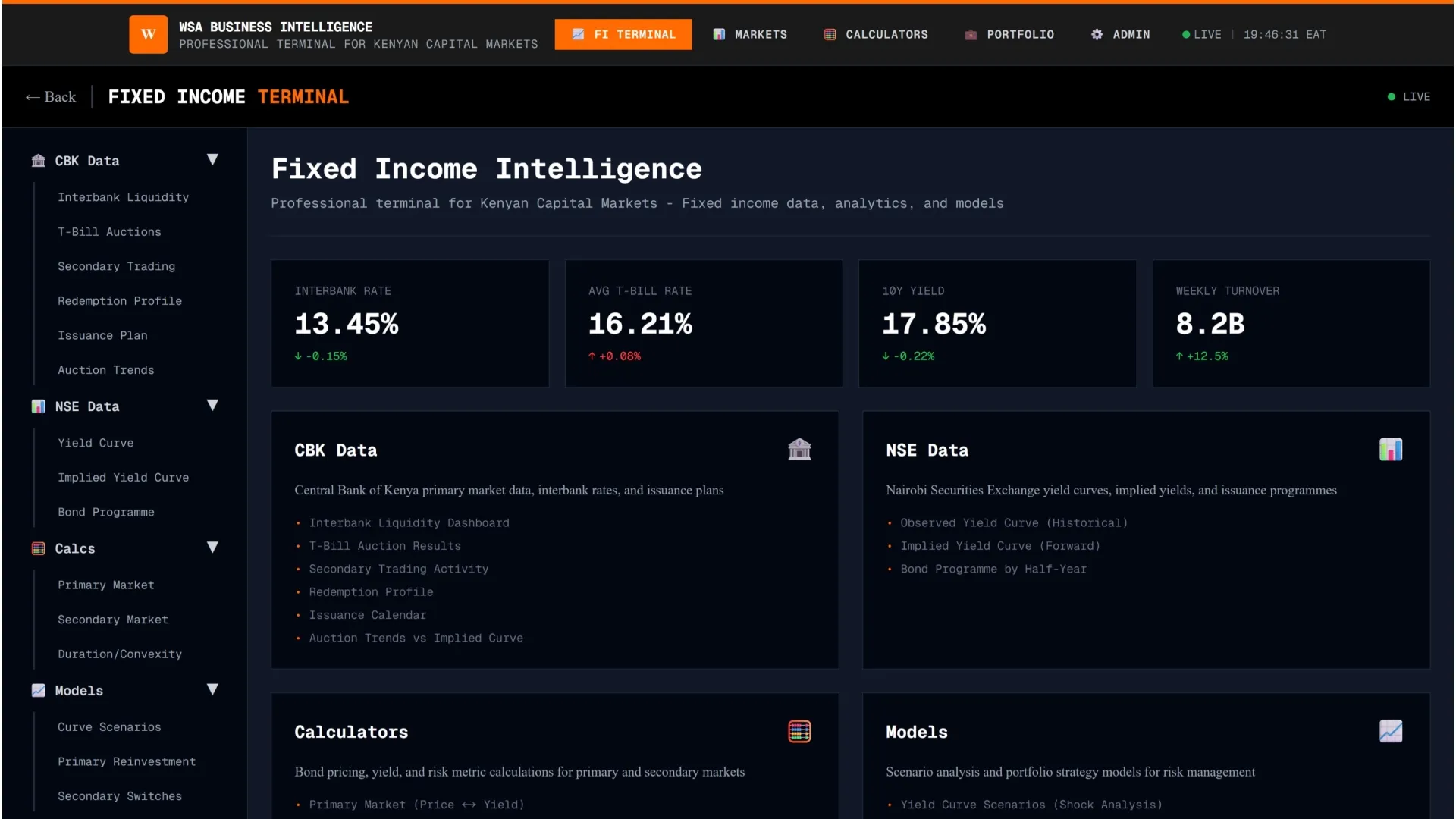Kenya’s banking sector is seeing a sustained rise in bad loans, with gross non-performing loans (NPLs) reaching an all-time high of KSh 724.2 billion in April 2025.
- •That’s a KSh 51.6 billion increase since December 2024, translating to a 7.7% rise in just four months, and it marks the fifth consecutive quarter in which NPL growth has outpaced loan book expansion.
- •Gross loans rose by only KSh 49.8 billion over the same period—a 1.2% increase from January to April.
- •This imbalance is putting pressure on asset quality ratios, with the sector’s NPL ratio climbing to 17.6%, up from 16.1% in April 2024 and 15.1% in January 2024.
Faster NPL Growth, Slower Lending Recovery
While loan growth has turned mildly positive in 2025 after contracting in early 2024, the NPL surge is accelerating. In the first four months of 2024, gross NPLs rose by KSh 23.8 billion.
In contrast, the January to April 2025 period recorded a KSh 40.8 billion increase, representing a 71% jump in the pace of accumulation. This translates to a monthly NPL build-up of over KSh 10 billion on average, up from KSh 6 billion per month during the same period in 2024.

Loan growth, meanwhile, recovered from a KSh 121.8 billion contraction in Jan–Apr 2024 to a modest KSh 49.8 billion expansion in 2025, but remains too weak to absorb rising credit stress.
The result is a rising NPL ratio despite attempts to boost lending, highlighting that credit risk is outpacing the system’s expansion.
| Period | NPL Increase (KSh Bn) | % Change | Loans Growth (%) |
|---|---|---|---|
| Jan–Apr 2024 | +23.8 | +3.7% | -2.9% |
| Jan–Apr 2025 | +40.8 | +6.0% | +1.2% |
Despite modest recovery in credit issuance, banks are facing more defaults—a sign of deeper stress in borrower segments or prolonged economic strain.
A 12-Month Look: +KSh 62Bn in Bad Loans
From April 2024 to April 2025, gross NPLs increased by KSh 62 billion, representing a +9.4% year-on-year surge. The 12-month average monthly increase is now KSh 5.5 billion, compared to KSh 7.3 billion per month in the previous April-to-April window.
The NPL ratio rose by 150 basis points over the same period, from 16.1% to 17.6%, despite only a KSh 13.3 billion increase in gross loans. This disconnect between credit expansion and default risk signals worsening borrower capacity and limited asset quality improvement across the banking sector.
| Month | Gross NPLs (KSh Bn) | Gross Loans (KSh Bn) | NPL Ratio |
| Apr 2024 | 662.2 | 4,102.6 | 16.1% |
| Dec 2024 | 672.6 | 4,099.3 | 16.4% |
| Apr 2025 | 724.2 | 4,115.9 | 17.6% |
Long-Term Context: NPL Ratio at Decade High
The April 2025 NPL ratio of 17.6% marks the highest level since at least 2015, according to quarterly historical records. The ratio stood at just 6.8% in December 2015, before climbing steadily due to delayed payments to contractors, poor borrower cashflows, and broader macro shocks.
By 2018, it crossed the 12% mark, driven by portfolio deterioration and systemic payment delays.
The COVID-19 pandemic added further stress, pushing the ratio to 14.1% by December 2020. After a brief improvement in 2021, the metric began to climb again in 2023, accelerating sharply in 2024 and 2025.
Since the start of 2023, the NPL ratio has risen by more than 360 basis points, reflecting persistent structural risk in the financial system and rising borrower distress across sectors.

The NPL ratio has now added 250 basis points since January 2024—the sharpest 16-month rise since the pandemic era. The average NPL ratio from 2016 to 2022 hovered between 9% and 13%, underscoring the current pressure on asset quality.
The continued deterioration in NPL metrics is narrowing headroom for banks to support economic recovery without inflating risk. If this trajectory continues, banks will face:
- •Higher provisioning costs that could compress earnings
- •Capital adequacy pressure, particularly for mid-tier lenders
- •Potential tightening of credit terms, especially to high-risk sectors




